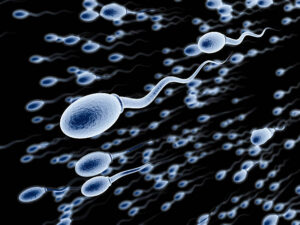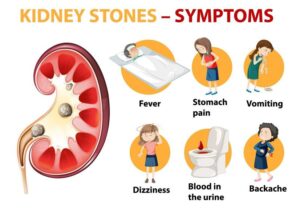Understanding Testosterone Deficiency: Causes, Symptoms, and Treatment
Testosterone deficiency, also known as hypogonadism or Low T, is a condition where the body does not produce enough testosterone, the hormone responsible for the development of male sexual characteristics and other critical bodily functions. While testosterone levels naturally decline with age, a significant drop or consistently low levels can lead to various health issues.
Causes of Testosterone Deficiency
Testosterone deficiency can occur due to various factors, which can be broadly categorized into primary, secondary, and lifestyle-related causes.
- Primary Hypogonadism:
- Testicular Damage: Injury to the testes, whether from trauma, surgery, or radiation, can impair testosterone production.
- Genetic Conditions:** Conditions such as Klinefelter syndrome or undescended testicles can lead to lower testosterone levels.
- Autoimmune Disorders: Some autoimmune diseases can target the testes and reduce testosterone production.
- Secondary Hypogonadism:
- Pituitary Gland Disorders: The pituitary gland controls testosterone production by signaling the testes. Conditions affecting the pituitary, such as tumors or inflammation, can lead to testosterone deficiency.
- Hypothalamic Disorders: The hypothalamus, which signals the pituitary gland to release hormones that stimulate testosterone production, can also be affected by tumors, injuries, or genetic disorders.
- Chronic Illnesses: Conditions like diabetes, obesity, and metabolic syndrome can interfere with the hypothalamic-pituitary-gonadal axis, reducing testosterone levels.
- Lifestyle Factors:
- Obesity: Excess body fat, especially around the abdomen, can lead to lower testosterone levels.
- Alcohol and Drug Use: Excessive alcohol consumption and certain drugs can negatively impact testosterone production.
- Stress: Chronic stress increases cortisol levels, which can suppress testosterone production.
- Lack of Exercise: Sedentary lifestyles are associated with lower testosterone levels. Symptoms of Testosterone Deficiency
Testosterone deficiency can manifest through various physical, emotional, and cognitive symptoms. Common signs include:
- Low Libido: Decreased interest in sexual activity is a primary symptom.
- Erectile Dysfunction: Difficulty in achieving or maintaining an erection.
- Fatigue: Persistent tiredness or lack of energy.
- Depression and Mood Changes: Increased irritability, depression, or anxiety.
- Loss of Muscle Mass: Decreased strength and muscle mass.
- Increased Body Fat: Particularly around the abdomen.
- Decreased Bone Density: Increased risk of osteoporosis and fractures.
- Cognitive Decline: Problems with memory, focus, and concentration.
- Hair Loss: Reduced body and facial hair. Diagnosis of Testosterone Deficiency
Diagnosing testosterone deficiency involves a thorough evaluation, including:
- Medical History and Physical Examination: Assessing symptoms and risk factors.
- Blood Tests: Measuring total testosterone levels, usually in the morning when levels are highest. Free testosterone levels and other hormones may also be tested.
- Additional Tests: Depending on the suspected cause, additional tests like MRI scans of the pituitary gland or genetic testing may be required.
Treatment Options
Treatment for testosterone deficiency aims to restore normal hormone levels and alleviate symptoms. The most common treatments include:
- Testosterone Replacement Therapy (TRT):
- Topical Gels and Creams: Applied daily to the skin, allowing testosterone to be absorbed into the bloodstream.
- Injections: Administered every few weeks, either by a healthcare provider or self-injection.
- Patches: Applied daily to the skin, usually on the back, abdomen, or upper arms.
- Implants: Small pellets inserted under the skin that release testosterone over several months.
- Oral Therapy: Pills or buccal tablets (placed between the gum and cheek) that slowly release testosterone.
- Lifestyle Changes:
- Weight Loss: Reducing body fat can help increase testosterone levels naturally.
- Exercise: Regular physical activity, particularly strength training, can boost testosterone production.
- Healthy Diet: A balanced diet rich in nutrients supports hormone production.
- Stress Management: Techniques like meditation, yoga, and adequate sleep can help lower cortisol levels, indirectly supporting testosterone levels.
- Addressing Underlying Causes:
- Medications: Treating conditions like diabetes, thyroid disorders, or pituitary tumors can help restore testosterone levels.
- Surgery: In cases of tumors or physical obstructions affecting testosterone production, surgery may be necessary. Risks and Considerations
While TRT can be highly effective, it’s essential to understand the potential risks and side effects, including:
- Increased Red Blood Cell Count: Which can raise the risk of blood clots.
Testosterone Deficiency Treatment is a common problem, and it is possible to solve it. The right treatment plan can be made by consulting a doctor.




